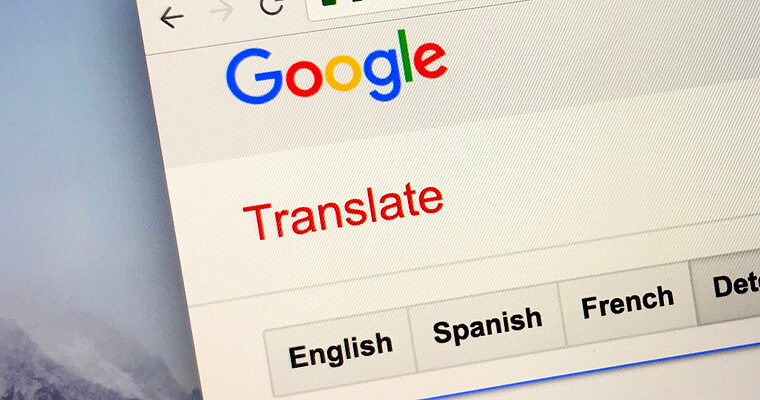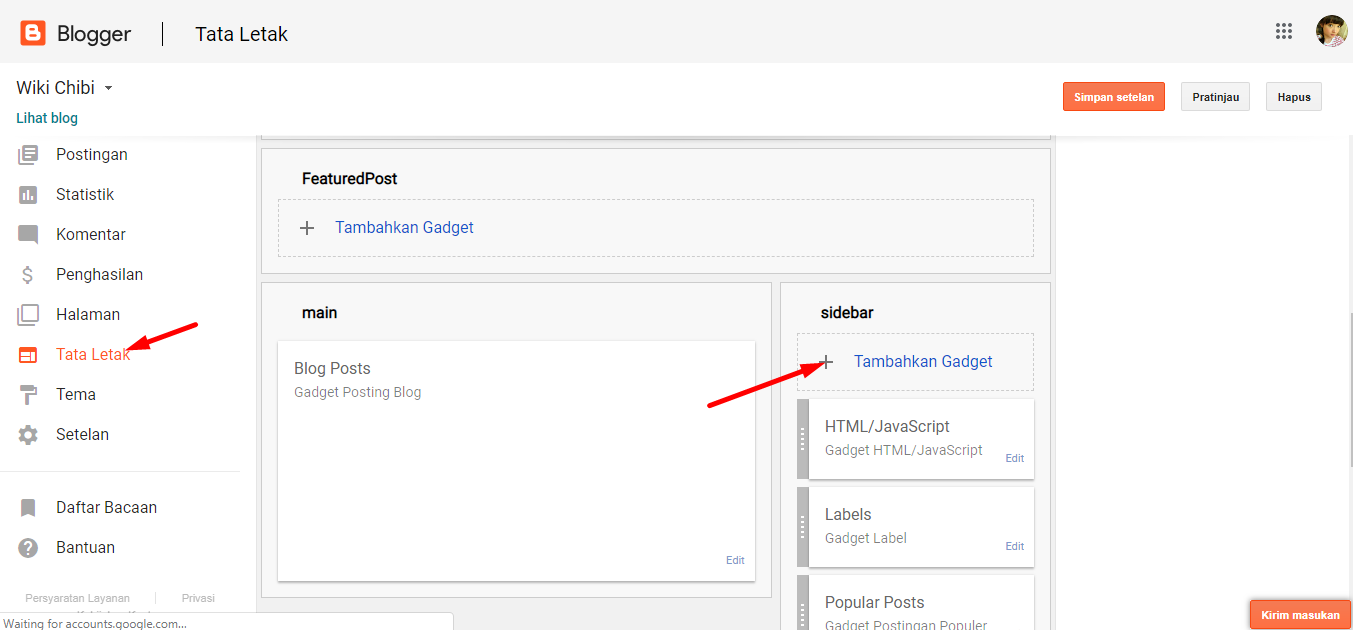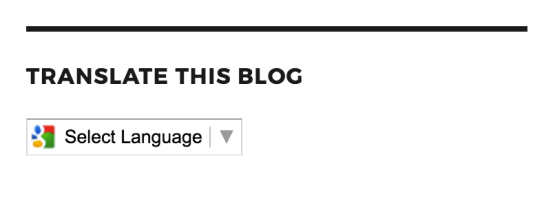


The Favorites widget also has a customizable mode (icon-only or icon and text), color, and theme. The widget is available in small and medium sizes, with the former supporting one favorite and the latter supporting up to eight. Among other things, you can open a list, create a task with pre-populated characteristics, add calendar events, or access areas of the app like Goals, Reports, or the app’s Today Page. There are three types of widgets: Favorites, List, and Next.įavorites are user-defined quick actions that access the functionality of the main app. ThingsĪs on iOS and iPadOS, GoodTask has one of the most extensive sets of highly-configurable widgets available. There are usually options to accomplish the same thing another way, but with a carefully-picked set of widgets, the collection becomes greater than the sum of its parts by allowing you to monitor and access several apps in one place. These are themes that run throughout the best widgets: they offer quick access to specific content for functionality and/or glanceable information. I’ve also found that widgets on the Mac are great for quickly opening a particular document like a mind map, or checking the status of something like the batteries of the devices connected to your Mac. If you’ve ever fallen into that trap, Control-tabbing to your task manager or time tracker throughout the day for no good reason, widgets can be a good way to break the habit. Sometimes having an app like a task manager or time tracker open all day on your Mac can be a distraction that reminds you of what you’re not doing, what you haven’t finished, and how much of your day you’ve squandered. However, many more terrific widgets have been released since and deserve consideration as well, so let’s dig in. A few of those widgets - which have been in development the longest and were highlighted in my Big Sur review - remain some of my favorites and are recapped below. Over the course of the summer and fall, I tried several different widgets as I ran the Big Sur betas. The result has been an immediate explosion of widget options for Mac users. Apple wisely took the same SwiftUI-based system used for creating widgets on the iPhone and iPad and implemented it on the Mac, providing a relatively simple approach for developers to bring their existing widgets to the Mac. However, that hasn’t been the case with Big Sur widgets.

Developer adoption of new macOS features is often a little slower than it is on iOS and iPadOS.


 0 kommentar(er)
0 kommentar(er)
